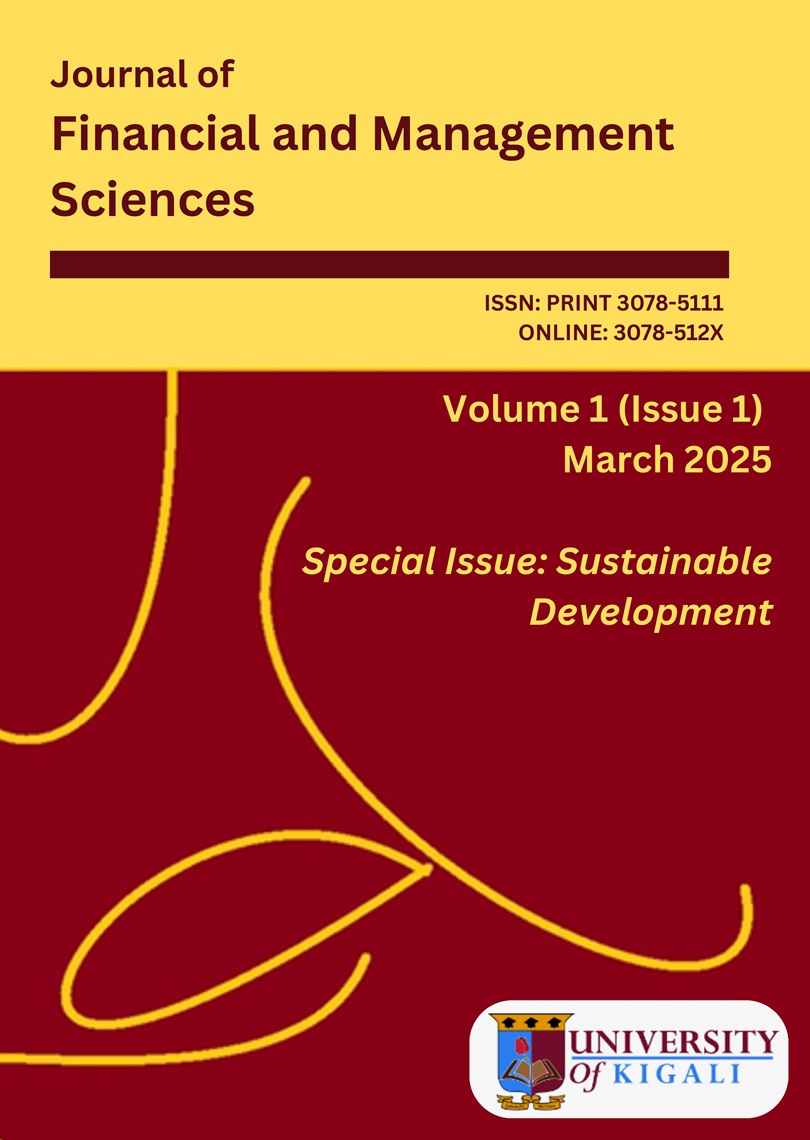Humanitarian aid green technology innovations, Climate financing and sustainable development in Kenya
DOI:
https://doi.org/10.70970/1hw3de19Keywords:
Climate change, Kenya, climate finance, humanitarian aid green technology innovation, Private sectorAbstract
Climate change has many humanitarian impacts such as drought, floods, landslides, extreme weather conditions requiring urgent response that cost billions of dollars. On the other hand, humanitarian aid responds to these crises with little consideration to dangers posed by materials used during response and poor waste management. These exacerbate the risks associated with climate change in the poor developing Countries including Kenya. This study argues that there is need for humanitarian aid agencies in Kenya to use green technology and innovations in humanitarian response and also improve waste management strategies by collaborating with private sector. There is need for government and Non-Governmental organizations to finance and implement climate change friendly policies. Climate financing could reduce climate change related emergencies and significantly reduce humanitarian operations in the affected areas in Kenya particularly in Counties located in Northern Kenya such as West Pokot and Turkana. According to Sustainable Development Goals report 2018 the rate of global progress has not been keeping pace with the ambition of vision 2030, necessitating immediate action by stakeholders as guided by Paris agreement, SDG 13 on Climate Change and Sendai Framework for Disaster Risk Reduction 2015-2030. Also, UN Disaster Risk Reduction report stated that over the last two decades economic losses from extreme weather amounted to trillions of dollars. Financing implementation of Kenya climate ambition requires significant public and private finance. According to UNDP in 2020 an estimate of USD 40B was needed for the next ten years (2020-2030) to implement climate mitigation and adaptation action, so far little has been done. The research was conducted using integrated literature review with the aim to assess, critique, and synthesize existing literature on a humanitarian aid green technology innovation, climate financing and climate change in a way that enables new theoretical frameworks and perspectives to emerge. Findings indicate that there is need for humanitarian aid organizations to integrate green technology innovation in the humanitarian response in order to reduce negative impact on climate change in Kenya. In the absence of clear policies on climate financing the challenge of climate change still exists and is likely to challenge the Africa Union Agenda 2063. There is need for collaboration and partnerships among the government, counties, NGOS as well as private sector in order to reverse the climate change trend.
Published
Versions
- 05/08/2025 (2)
- 04/08/2025 (1)


